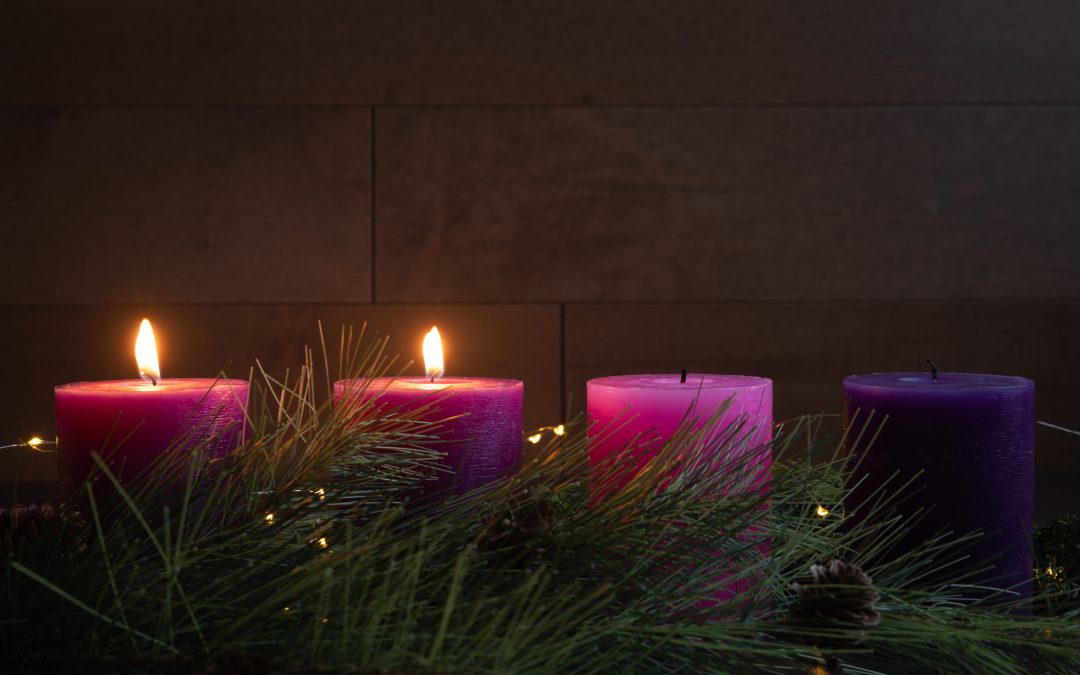To a non-Catholic, or perhaps even to the typical Catholic, if we try to explain too much of the liturgical year, things can get confusing really quickly. For instance, how do we know if we’re celebrating St. Patrick’s Day when it falls on a Friday in Lent? Is the Ascension on Thursday, or does it get moved? What happens when a holy day of obligation like Aug. 15 happens to fall on a Sunday? These questions remind me of Bishop Barron’s joke about trying to explain to someone how beautiful the game of baseball is by starting with the infield fly rule. It is complex, but it’s also bewilderingly simple.
The Church’s liturgical calendar, complex though it may be, is ultimately about celebrating the richness of the mystery of Jesus Christ. Because Christ is the heart of everything, he is also the foundation and center of our liturgical calendar. Thus, the main anchors for our liturgical calendar are Easter and Christmas. This is because both these feasts commemorate the most important mysteries of Christ: his Passion and his Nativity. Properly speaking, the most important feast of the year is Easter, and this is why Easter is commemorated with such considerable abundance. We prepare for Easter with Lent, then celebrate the triduum, then Easter, then an octave, and then a whole season of 50 days!
Christmas is the next most important feast, and because it commemorates Jesus’ birth, we mark that feast with considerable preparation (Advent), and also celebrate an octave and a full season of Christmas that lasts to the Epiphany on Jan. 6. Interestingly, the preparation of Advent is meant in some ways to mimic the preparation for Easter. In fact, in the early centuries of the Church, there was a bit of a competition between whether Easter or Christmas was the most important feast. This explains the somewhat penitential character of both Advent and Lent, because it seemed important to thoroughly prepare for both feasts, since they marked such important events in the life of Christ. We still have a vestige of this by the purple worn by the priests during both Advent and Lent, as well as the custom of going to confession.
But Advent is not just a mini-Lent. It also has its own unique character to it. The Catechism of the Catholic Church explains, in its section on the liturgy, that the mystery of Christ is so sublime, it permeates all of time and ultimately reconfigures the way we even think of time. When we truly enter into a liturgical spirit by praying the Liturgy of the Hours, observing feasts, and so forth, it really helps us to see the world in an entirely different way. Here’s how the catechism explains it:
When the Church celebrates the liturgy of Advent each year, she makes present this ancient expectancy of the Messiah, for by sharing in the long preparation for the Savior’s first coming, the faithful renew their ardent desire for his second coming. By celebrating the precursor’s birth and martyrdom, the Church unites herself to his desire: “He must increase, but I must decrease.” (524)
What this passage makes clear is that, for the people of God who were living in and around Jerusalem when Christ was born, and who witnessed his teaching ministry, Jesus came as a fulfillment not merely of prophecies in a book, but as an answer to a deep longing for the savior. The salvation Jesus offered had been prepared for over centuries and shaped the entire culture. What we’re called to do during Advent is recapture that spirit in some way. This can take different forms, from reading Scripture, to praying “Maranatha” or engaging in other devotional practices. I think it is especially important for us to look closely at the prophet Isaiah, whose texts are read during the Mass in Advent. The key concept for Advent is to try and put ourselves in the perspective of Israel, not merely as an interesting thought experiment, but as a way of helping us understand how we ought to look toward Christ’s second coming. When we see the liturgy of Advent in this way, as a looking back while also looking forward, it can help us understand the greater scope of liturgy. Ultimately, liturgy is always about both remembering what God has done in the past for us and, at the same time, looking forward to what he has in store for us as we move from our time into the eternal now of the beatitude of heaven.


